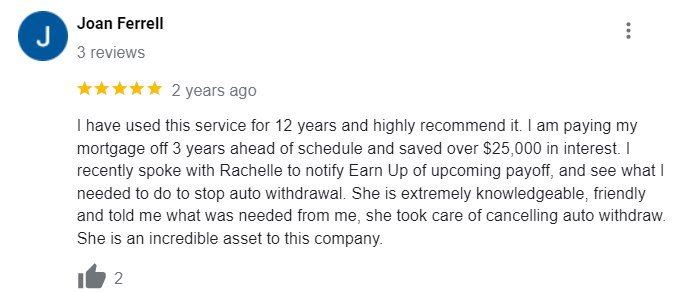Nadim Homsany is co-founder and CEO of EarnUp, a fintech that helps users manage and automate loan payments to simplify debt repayment. BankBeat talked to Homsany about the current difficulties student borrowers face with repayment rules shifting.
What are some of the main challenges student borrowers currently face?
Nadim Homsany: After more than a three-year pause, over 43 million Americans will soon have to begin repaying their student loans. Unfortunately, many of these borrowers are unprepared. According to a recent poll, most were hopeful that some of their student loan debt would be forgiven, and more than one-third say they’ve already spent that money. A recent Moody’s report also indicates that borrowers living in apartments may not be able to make rent payments. Meanwhile, a recent Morgan Stanley survey found that 34 percent of survey respondents say they will not be able to make their student loan payments at all.

Adding to this challenge, consumers in general continue to struggle with their finances. The cost of living is at a record high, forcing many individuals to dip into their savings to pay for basic living expenses.
Clearly, many borrowers will struggle to manage student loan payments, which could have a serious economic impact. However, consumers are also at risk of falling victim to new types of fraud such as servicer, loan consolidation, discharge and loan negotiation scams. Banks must therefore communicate potential dangers to customers, regardless of whether they offer or service student loans. Banks should also help customers understand their options.
What mobile banking tools are these borrowers looking for to help manage their student loans?
N.H.: Tools that provide helpful resources and education are great, but borrowers are looking for a concrete plan of action. Learning about a 401(k) and the importance of retirement savings doesn’t necessarily help an individual who is on the verge of being evicted because they can no longer pay their bills. They need a tool that simply does what they need it to do — help them pay their loans and keep their head above water. Tools that automate payments are also gaining traction, allowing borrowers to “set it and forget it.” These tools allow borrowers to seamlessly make extra payments and help them accelerate repayment and save on interest charges.
What new technology is working well for community banks?
N.H.: Student loan debt affects every generational group, with Gen X (those age 41-56) accounting for the majority of debt at nearly 39 percent, followed by Millennials (those age 25-39) at 30 percent. Consequently, this loan debt contributes to other financial challenges. To help borrowers manage loan repayment and their overall finances more effectively, banks are offering a wide variety of tools. Some that top the list include loan repayment calculators, budgeting apps and financial education resources.
While these tools offer value, they still do not directly meet customers’ current needs for two reasons: First, many tools today are touted for giving customers greater control. However, they’re looking to their bank or finance app for guidance. A DIY tool doesn’t help them solve their repayment challenges. Second, these tools offer little action. Again, learning about different retirement accounts is great, but individuals need actionable steps to help them with their current situation.
How should a community bank pitch themselves as a long-term financial partner?
N.H.: Banks must first realize and understand that this is not an issue that affects the youngest of their customers. Student loan debt has a greater impact on older individuals. For instance, individuals aged 40-49 have a combined student loan debt of $344 billion and 30-year-olds have the highest average outstanding student loan debt. To help all debt-burdened customers, banks must offer a smart financial wellness program that features a simple and intuitive digital user experience and allows borrowers to seamlessly schedule automated loan payments that sync with their payday.
Ultimately, banks can become their customers’ go-to for financial management, empowering them to build generational wealth by assisting with the management of their loan payments and saving thousands of dollars in interest over the life of a loan.









